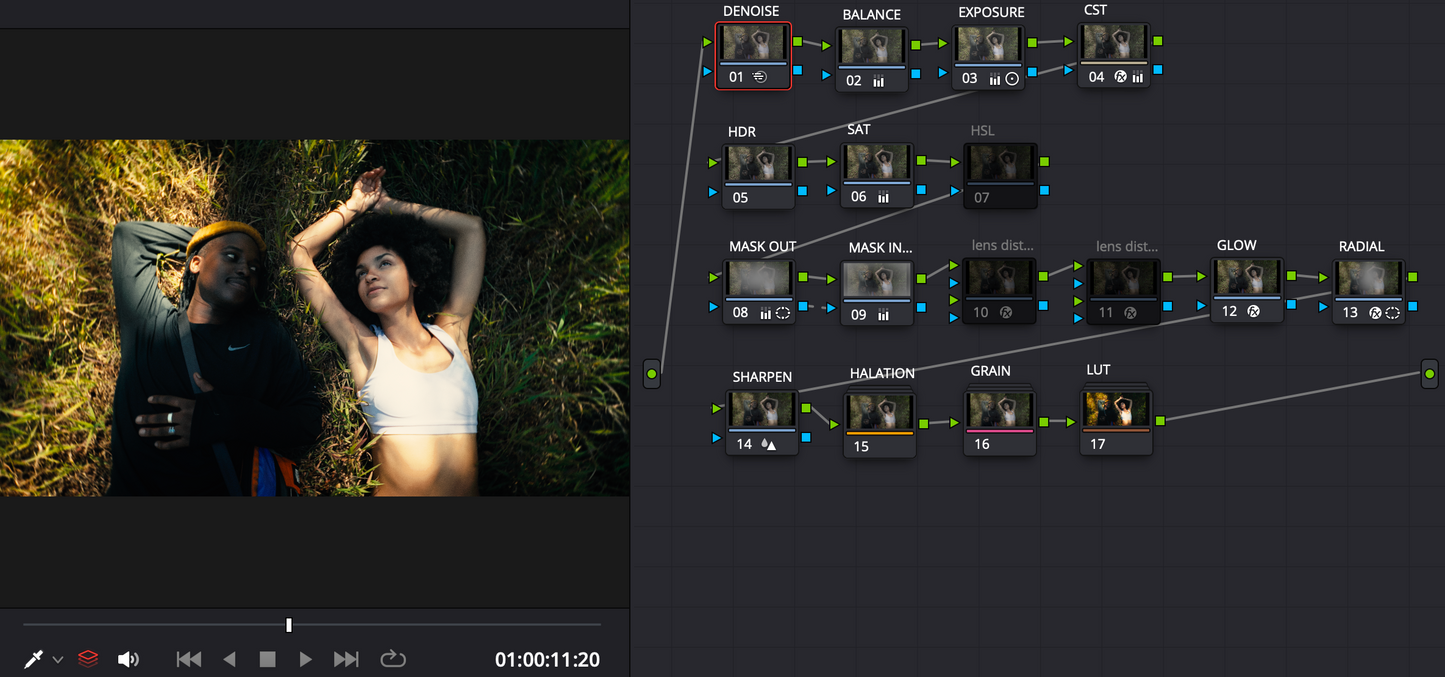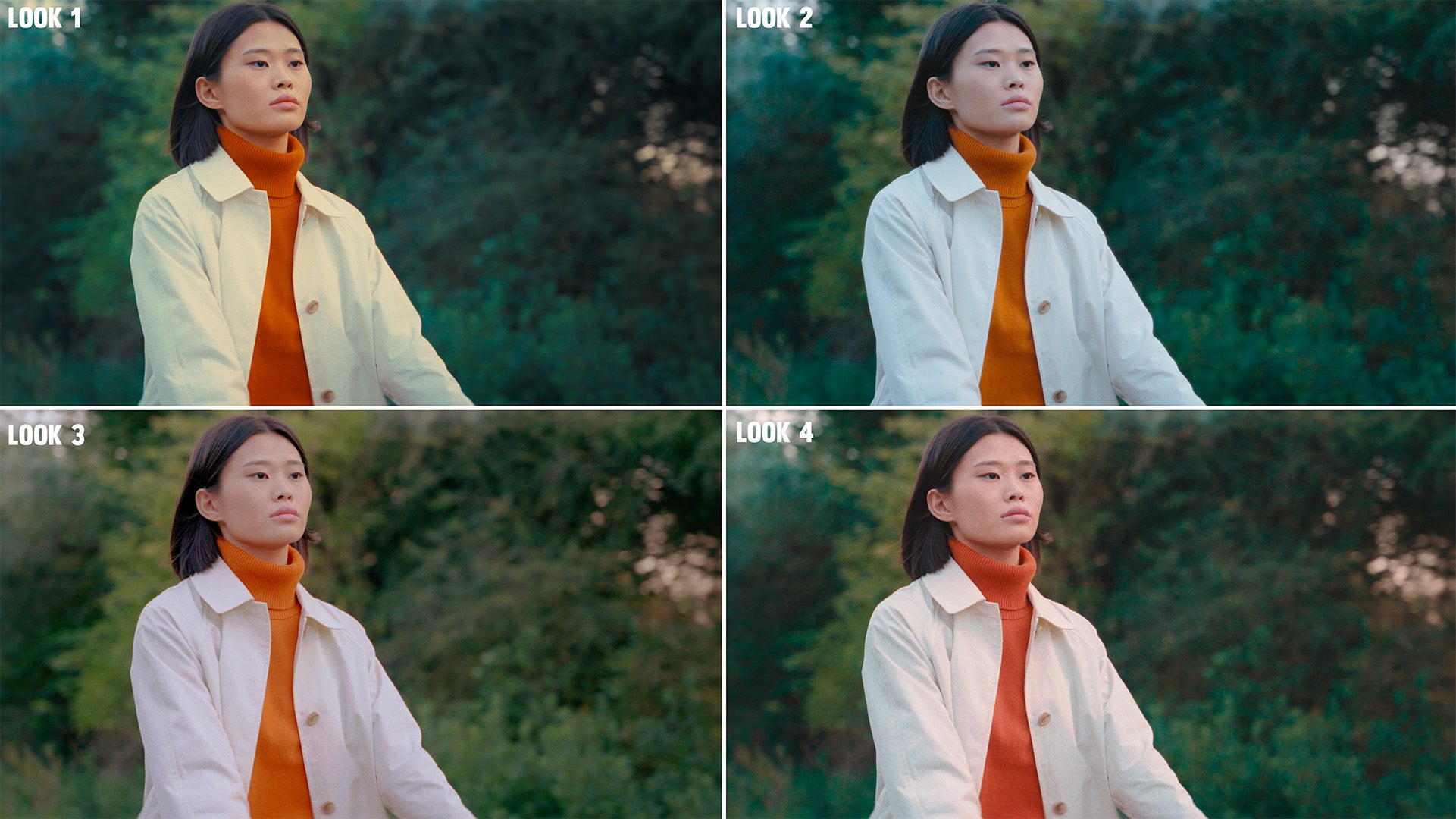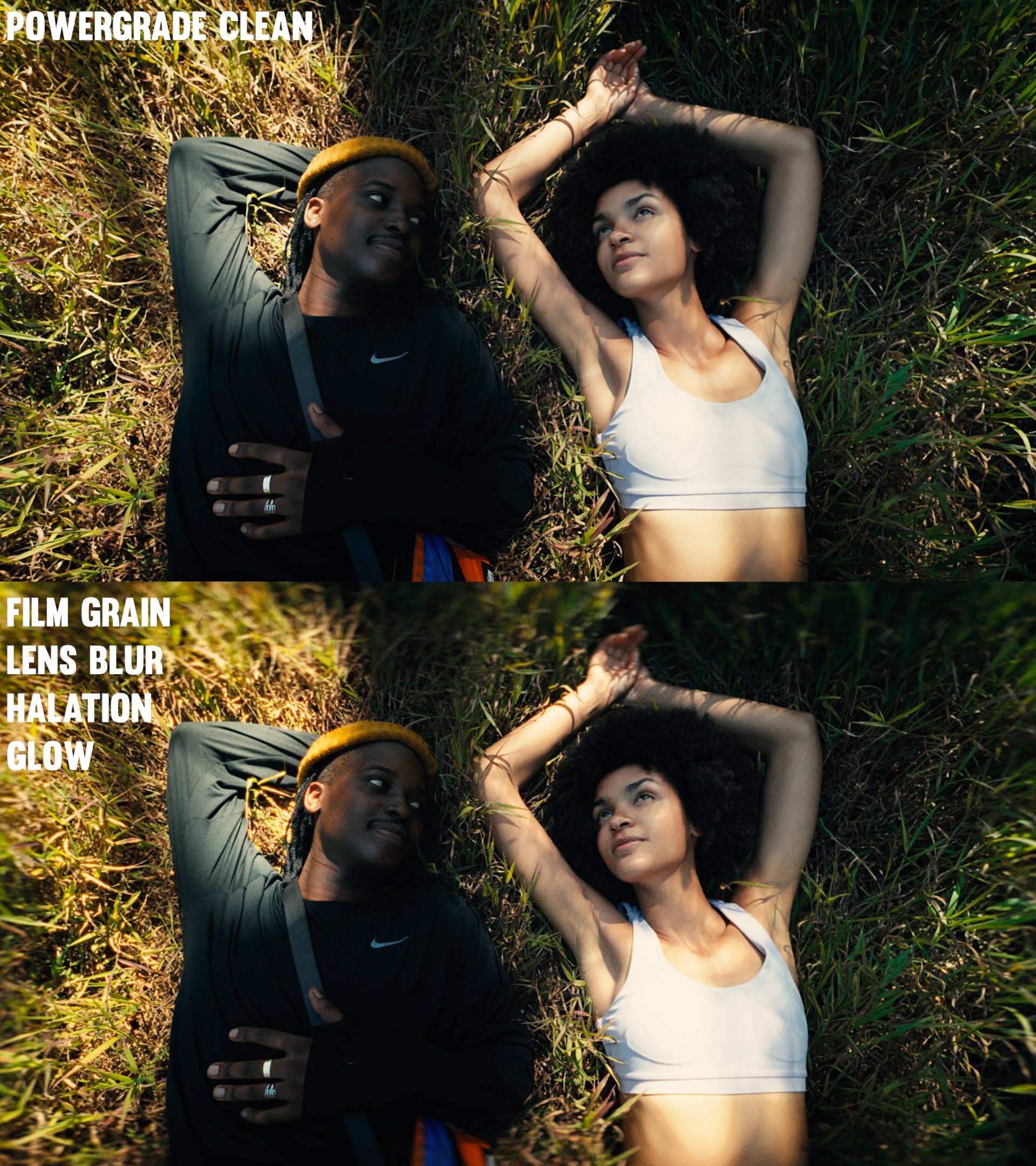1
/
of
10
PowerGrade for Davinci Resolve - Vincent ProGrade
PowerGrade for Davinci Resolve - Vincent ProGrade
Regular price
$35.00 USD
Regular price
$69.00 USD
Sale price
$35.00 USD
Unit price
/
per
Couldn't load pickup availability
Vincent ProGrade - The only grade you'll ever need.
Achieve a stunning, film-like aesthetic effortlessly with my PowerGrade template for DaVinci Resolve.
Unlike basic LUTs that apply a fixed “look,” a PowerGrade gives you full creative control. It’s built with DaVinci’s powerful node-based system — the same process used by pro colorists in high-end film work.
🎬 Think of it like getting the source code behind a look, not just the final result.
Whether you're using the free or Studio version of Resolve, this pack works out of the box and gives you everything you need to color grade like a pro — even if you're a total beginner.
✅ What's included:
-
- Professional color correction node tree
- Film Grain, Glow, Halation, Lens Distortion
- 4 Cinematic Looks
- Easy drag-and-drop setup
- Instant Digital Download
- Comes with a tutorial
- Works with all cameras and both free & paid versions of DaVinci Resolve
-
🔥 Limited-Time Offer – Upgrade your grading game now











💡What makes PowerGrade better than a LUT?
- A PowerGrade goes way deeper — you get full access to the entire color grading node tree, with all the adjustments, film emulation, contrast shaping, and creative looks I personally use.
- Think of it like a LUT on steroids— but editable, customizable, and way more powerful.
- Perfect for beginners: Just drag, drop, and tweak — no complex setup.
Before & After












